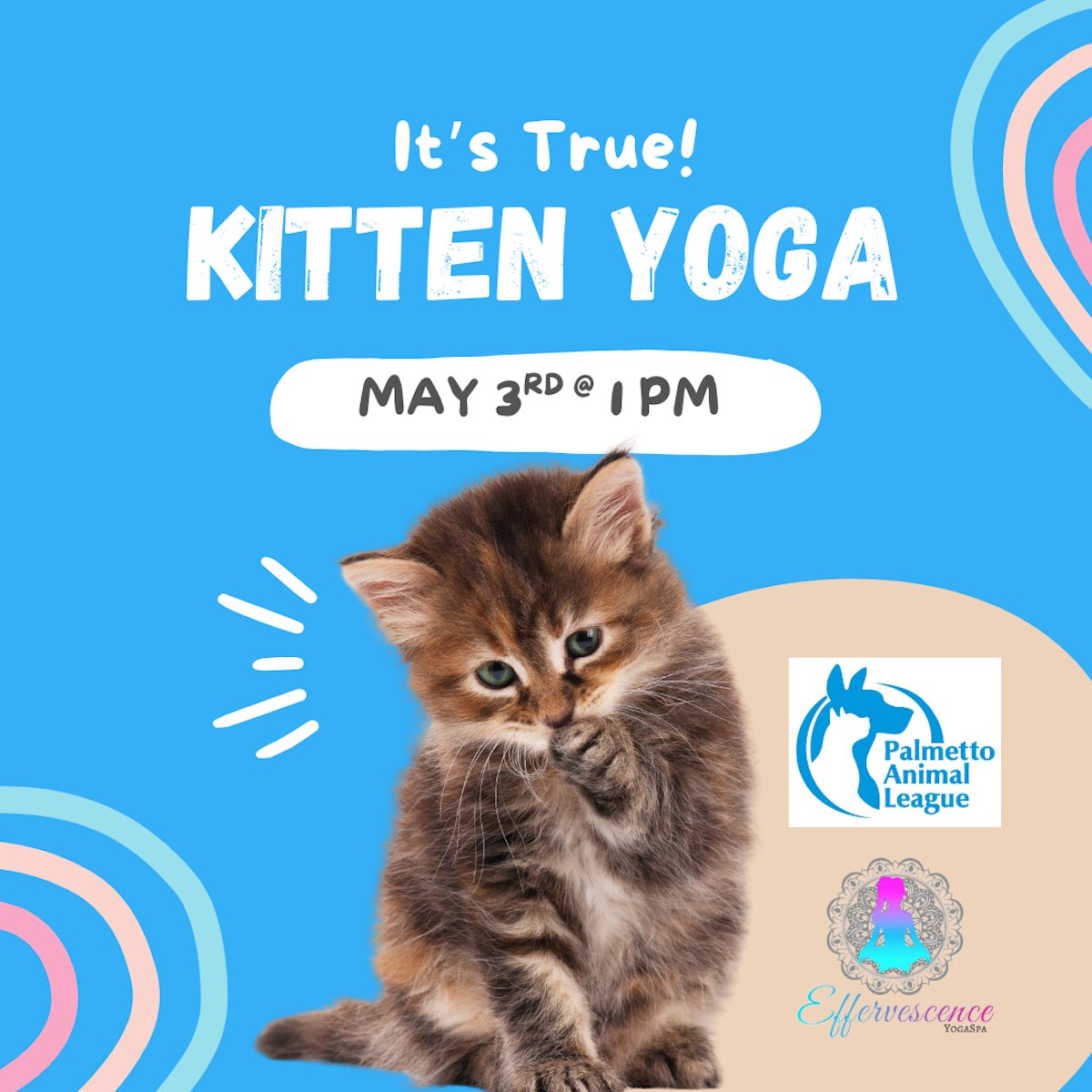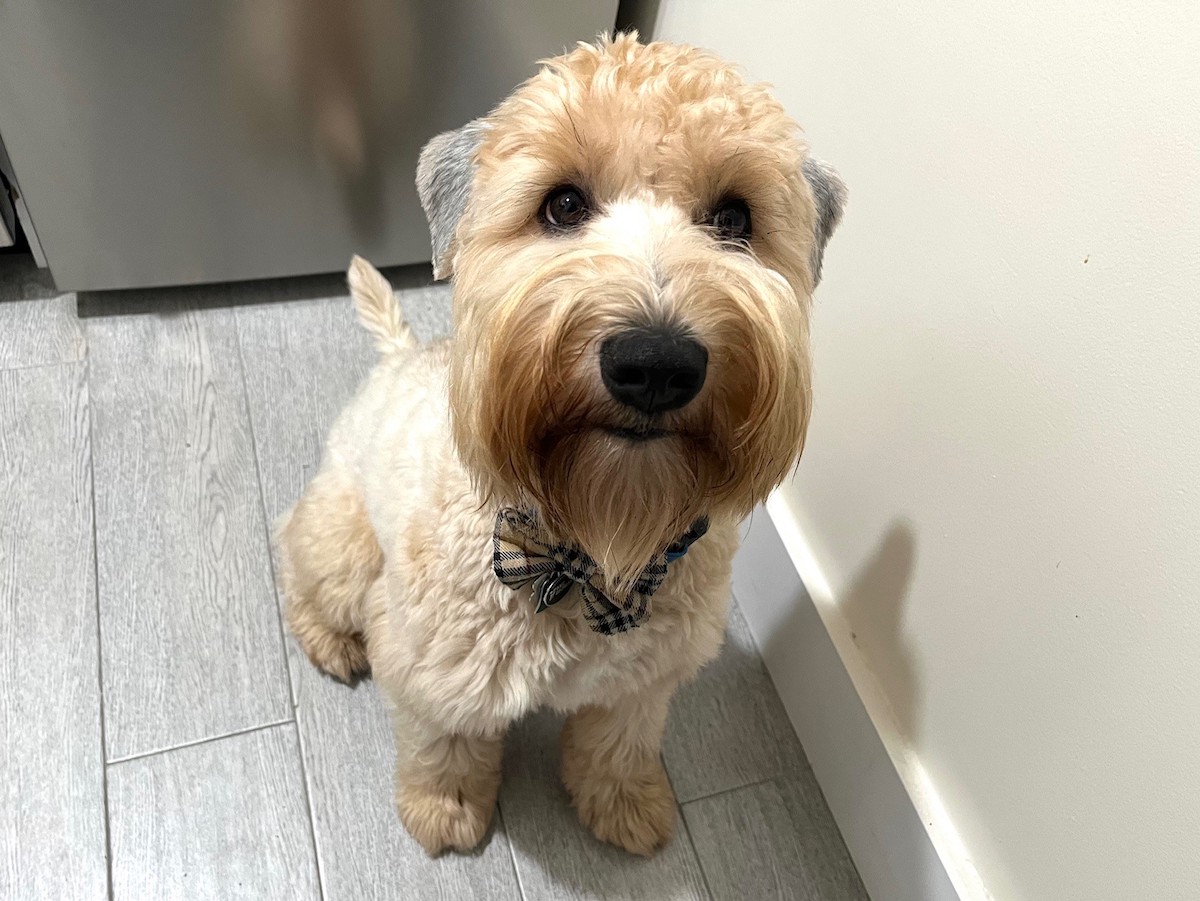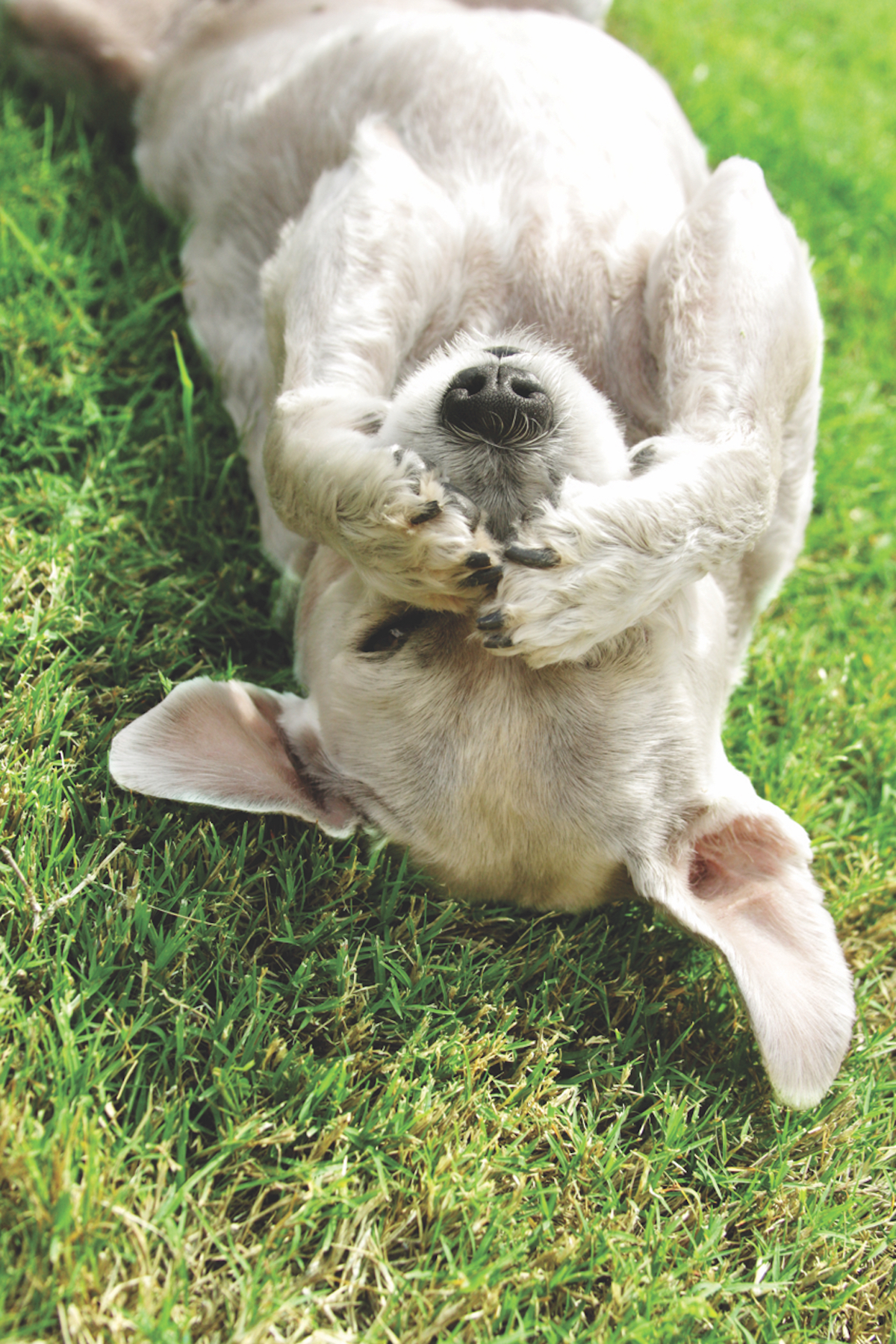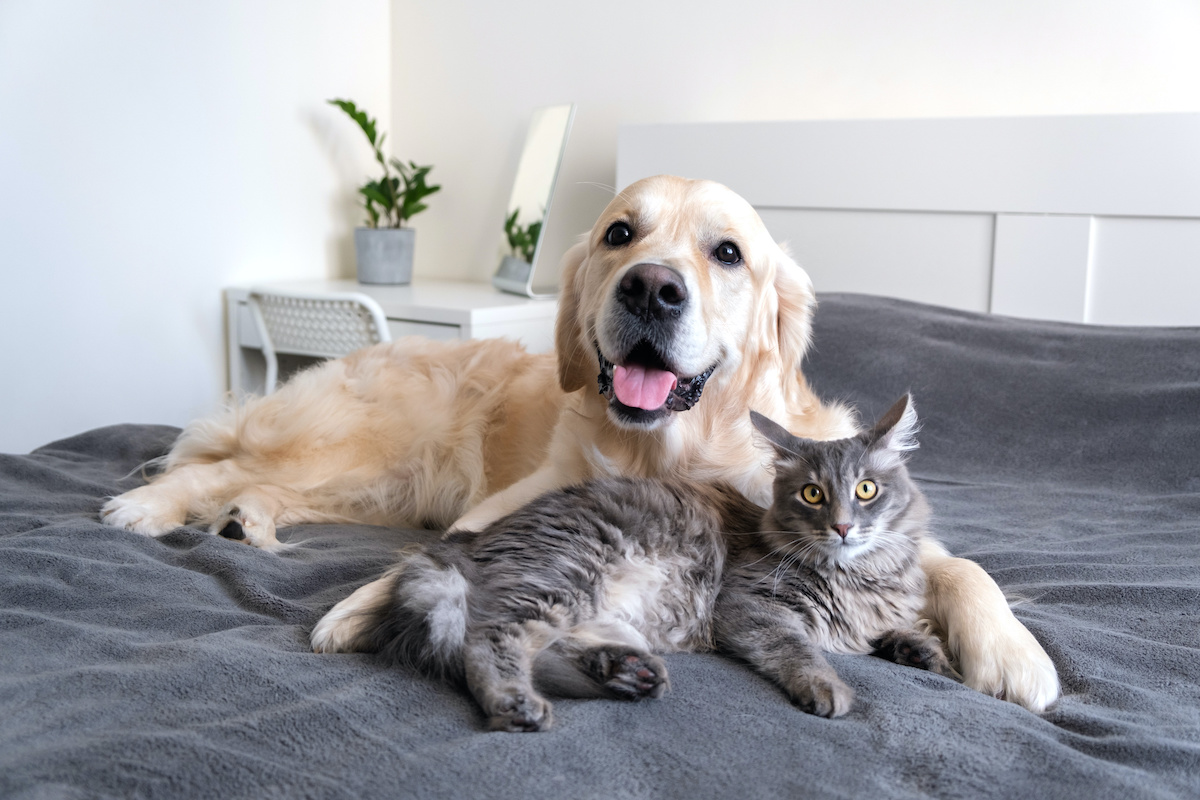By Prof. Percy Pussycat
Take it from me. Cats are complicated animals and trying to decode what they are saying to you requires you put several things together – the sound they are making, their body language, and their mood.
Animal behavior experts have discovered 24 different meows that a cat can make – 16 for humans and 8 for other animals. So when your cat is meowing at you, they are in fact trying to communicate something directly to you. It is usually about feeling good and wanting something from you like “lift me up or it’s time for dinner” or “follow me to my bowl right now, please.” Or it could be a meow that says “touch me at your own peril. I am in a grumpy mood.”

Discerning between the above requires you understand cat body language. For example, if you watch the TV show, My Cat from Hell with Jackson Galaxy you will see him sometimes do a slow eye blink with a cat. If the cat returns the slow blink, it means they are comfortable with you. If they don’t do it that is a red flag you should pay attention to and probably retreat to a safer place.
Cats also yowl on occasion. This is very different from a meow. It can sound like a long drawn out meoooowwww and can be very loud. Mostly, a yowl tells you that your pet is in some kind of distress. They could be forgotten in a closet, or they might be looking for you if they are in pain. If you hear a yowl, you should investigate.
Purring from a cat is usually a sign they are content and happy. But not always. Sometimes a cat will issue a low purr when they are sick or anxious. Again, know your cat body language to tell between the two.
If you come across a cat that is growling, hissing or spitting, they are easy to decipher. They are annoyed, frightened, angry or aggressive. Leave this cat alone. Don’t be foolish enough to think,” I know what this means but they would never bite or scratch me.” If they are scared enough to growl, they will most certainly bite or scratch. Keep those hands to yourself.
A cat’s body language provides lots of tips to what the cat wants to communicate. If you pay attention to your cat’s eyes, ears, body and tail—they’re all telling you a story. Here are some basic (though sometimes contradictory) clues:
Ears — Forward: your cat is alert, interested or happy. Backward, sideways, flat airplane ears: They are irritable, angry or frightened. Swiveling or radar ears: They are attentive and listening to every little sound.
Eyes — Pupils constricted: offensively aggressive, but possibly content. Pupils dilated (large): nervous or submissive (if somewhat dilated), defensively aggressive (if fully dilated), but possibly playful.
Tail — Erect, fur flat: alert, inquisitive or happy. Fur standing on end: angry or frightened. Held very low or tucked between legs: insecure or anxious. Thrashing back and forth: agitated. The faster the tail, the angrier the cat. Straight up, quivering: excited, really happy. If your cat hasn’t been neutered or spayed, he or she could be getting ready to spray something.
So now you have figured what your cat sounds like, and what their body language is when they are trying to tell you something. If you put it all together, you can tell what kind of mood your cat is in which can be very helpful. Here are some additional clues to look for when determining what kind of a mood your cat is in:
Content: Sitting or lying down, eyes half-closed, pupils narrowed, tail mostly still, ears forward and purring means a very happy cat.
Playful: Ears forward, tail up, whiskers forward and pupils somewhat dilated—playing is hunting behavior; your cat may stalk her prey (a toy, another animal in the house), then crouch down with her rear end slightly raised. A little wiggle of the butt, then…pounce! Your cat will grab her prey, bite it, wrestle it the floor and kick it with her hind feet: Her toy is now dead.
Irritated or over-stimulated: Pupils dilated, ears turned back and tail twitching or waving—your cat may growl or put his teeth on you as a warning to cease and desist. Intense play can quickly turn into overstimulation in some cats, resulting in biting and scratching.
Nervous or anxious: Ears sideways or back, pupils dilated and tail low or tucked between legs—your cat may slink through the house close to the floor, looking for somewhere to hide. This is a very unhappy cat.
Frightened, startled or defensive: Think Halloween cat—ears back and flat against her head, whiskers back, back arched, fur standing on end and tail erect or low. They may yowl, growl, hiss and spit.
Angry, aggressive: Ears back, pupils very constricted, and their tail may be up or down with the fur standing on end. This can quickly escalate to a fight.
So there you have it. Piece of catnip, right? If I had to say what to look for first, it would be the ears in concert with their tail. Those two things will usually put you on the right road to decoding the message. Good luck friends. You will need it!






